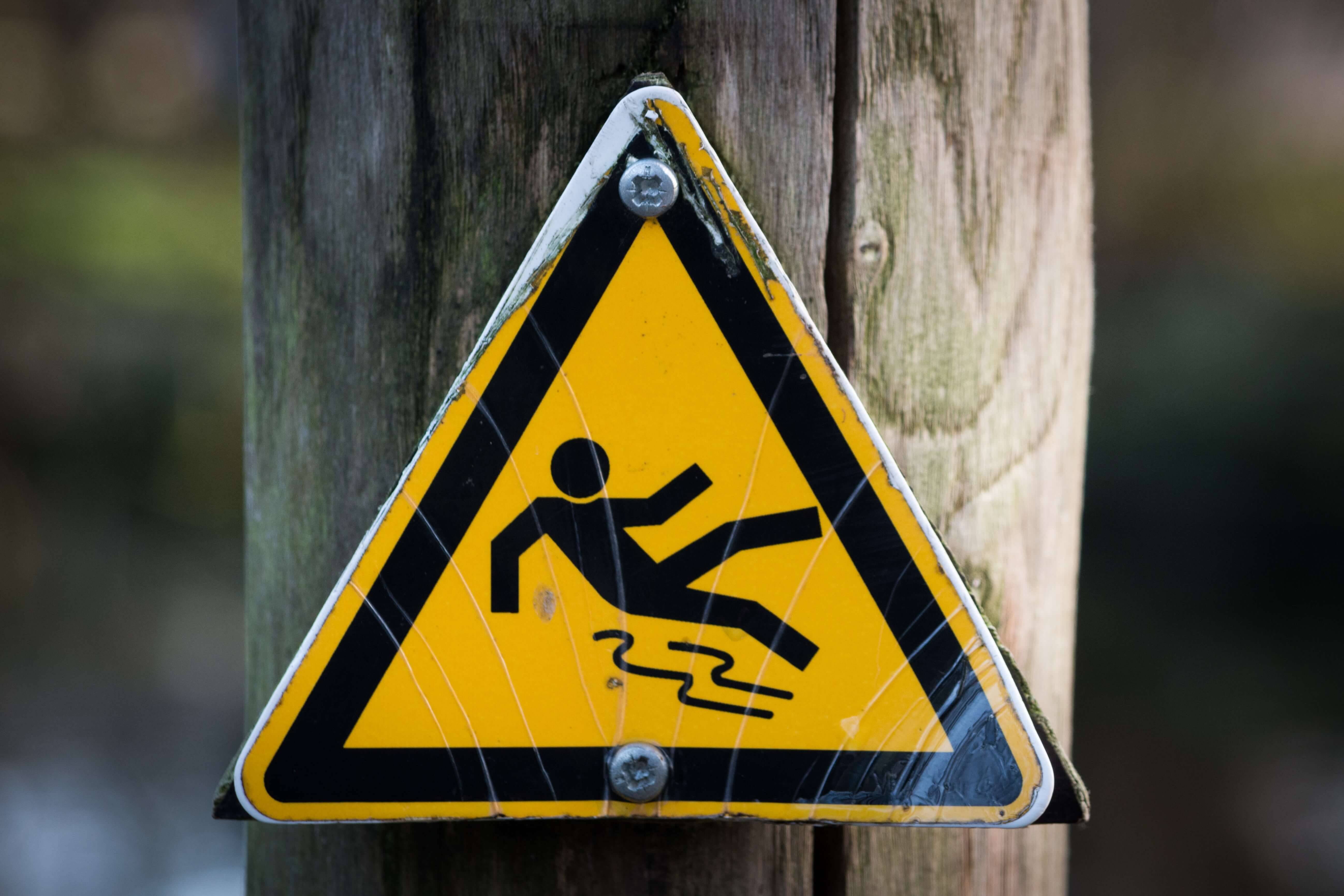Liability for Slip and Fall Accidents
Liability for Slip and Fall Accidents

Slip-and-fall incidents are among personal injury law’s most common and potentially devastating cases. These cases revolve around a fundamental question: when someone sustains injuries on another individual’s property, who bears the responsibility for the resulting damages? This legal domain, often called “Premises Liability,” typically holds the property owner accountable for injuries on their premises.
Under California law, injuries sustained on someone else’s property are generally seen as a result of negligence by the owner. The critical statute governing these matters in California is California Civil Code 1714(a), which states that individuals are responsible not only for the consequences of their deliberate actions but also for injuries caused by their failure to exercise ordinary care or skill in managing their property.
Understanding the Conditions for Premises Owner LiabilityWhen an individual pursues legal action for an injury sustained on the premises of a business, restaurant, or venue, they must establish specific elements as outlined in California Civil Jury Instruction 1000:
- The defendant occupied, leased, owned, or controlled the property where the plaintiff was injured.
- That the defendant was careless in the use or maintenance of the property.
- That the plaintiff suffered harm.
- The defendant’s negligence played a significant role in causing the plaintiff’s harm.
According to California Civil Jury Instruction 1003 – Unsafe Conditions, a defendant is considered negligent in the use or maintenance of their property if:
- A condition on the property created an unreasonable risk of harm.
- The defendant either knew about this condition or, through the exercise of reasonable care, should have known about it.
- The defendant failed to address the condition, protect against potential harm, or provide adequate warnings.
The plaintiff must demonstrate that the defendant knew or should have known about the unsafe condition that led to the injury.
The Owner’s Knowledge of Dangerous ConditionsIn defense of their actions, some businesses have attempted to argue that they were unaware of the hazardous condition and should not be held responsible. Courts have consistently rejected this defense, emphasizing that property owners have a proactive duty to ensure their premises are reasonably safe. This duty includes regular inspections and taking appropriate measures to identify and rectify unsafe conditions. Thus, if a property owner could have discovered an issue through reasonable care, they are liable, regardless of their awareness.
Discovering Dangerous Conditions: The Owner’s ResponsibilityCalifornia Courts have established that property owners must take active steps to maintain the safety of their premises. If a property owner could have identified a potential danger by exercising reasonable care, they are likely to be held accountable. This proactive approach places the responsibility on the property owner to make their premises safe or provide adequate warnings to prevent harm.
Strict Liability in CaliforniaCalifornia recognizes “strict liability,” where a defendant can be held responsible for injuries regardless of negligence or intent to harm. This principle typically applies in cases involving specific business operations, such as holding dog owners strictly liable for dog bites. However, strict liability does not usually apply when it comes to premises liability, and the burden of proof remains on the plaintiff to establish negligence.
Employee-Caused Dangerous ConditionsMany slip-and-fall cases stem from employee errors or oversights, such as spilling liquids during cleaning or leaving surfaces slick with substances like grease or condiments. In cases where it is evident that an employee contributed to the hazardous condition, courts are likely to hold the business (employer) accountable. The property owner must have either actual or constructive knowledge of the dangerous condition before liability is imposed.
Real-Life Scenario: A Slip-and-Fall IncidentIllustrating these legal principles, consider a real-life scenario involving a slip-and-fall incident at a restaurant. In January 2017, a patron visited the Hibachi Buffett restaurant in Inglewood, California. While using the restroom, the patron encountered a puddle of water outside the bathroom door and slipped and fell.
This incident resulted in severe injuries, including multiple fractures to the left kneecap, extensive damage to the meniscus and tendons, and the necessity of orthopedic surgery. The injured patron filed a lawsuit against the restaurant, arguing that the wet hallway floor constituted a dangerous condition and that the business either knew or should have known about it. Evidence presented during the trial included photographs, employee testimony, and discovery responses indicating that an employee had caused the water spill while accessing the kitchen while the patron was in the restroom.
The defendant countered, claiming that the puddle could not have accumulated in such a short time. However, the jury ultimately ruled in favor of the plaintiff, awarding them $850,000 in damages.
Consult a Sacramento Slip and Fall Accident LawyerIf you have suffered severe injuries in a slip-and-fall accident due to another’s negligence, seek legal assistance from our experienced Sacramento injury attorneys. Contact us at (916) 921-6400 or (800) 404-5400 for free and compassionate advice. Our legal team is dedicated to helping you navigate the complexities of premises liability, ensuring your rights are upheld, and advocating for the compensation you deserve. Your well-being is our utmost concern, and we are here to support you during this challenging time.
Editor’s Note: updated 11.14.23 Photo by Skitterphoto from Pexels mh cha [cs 882]